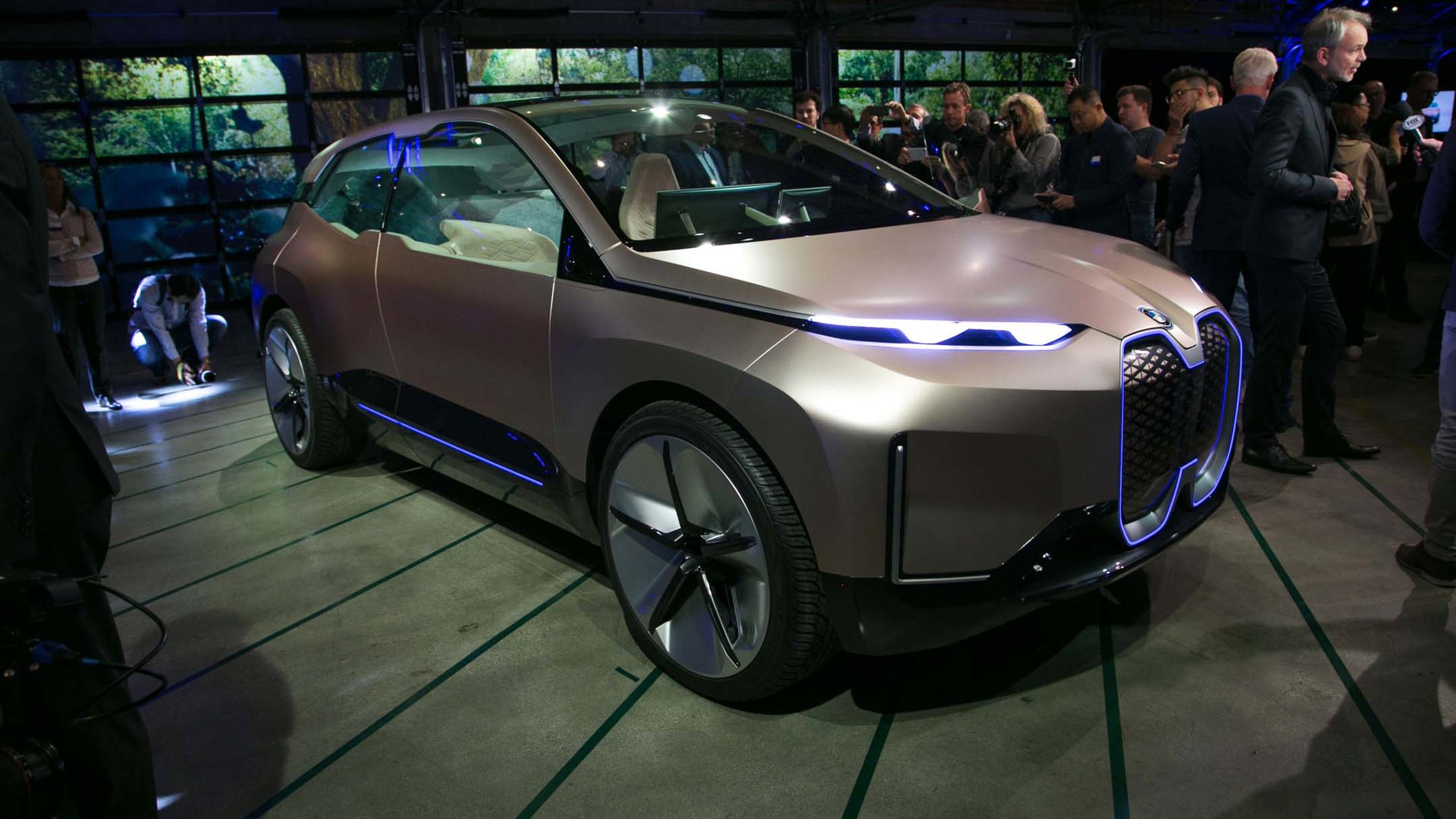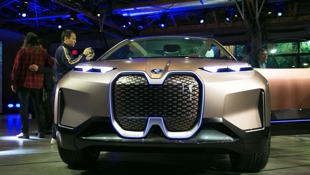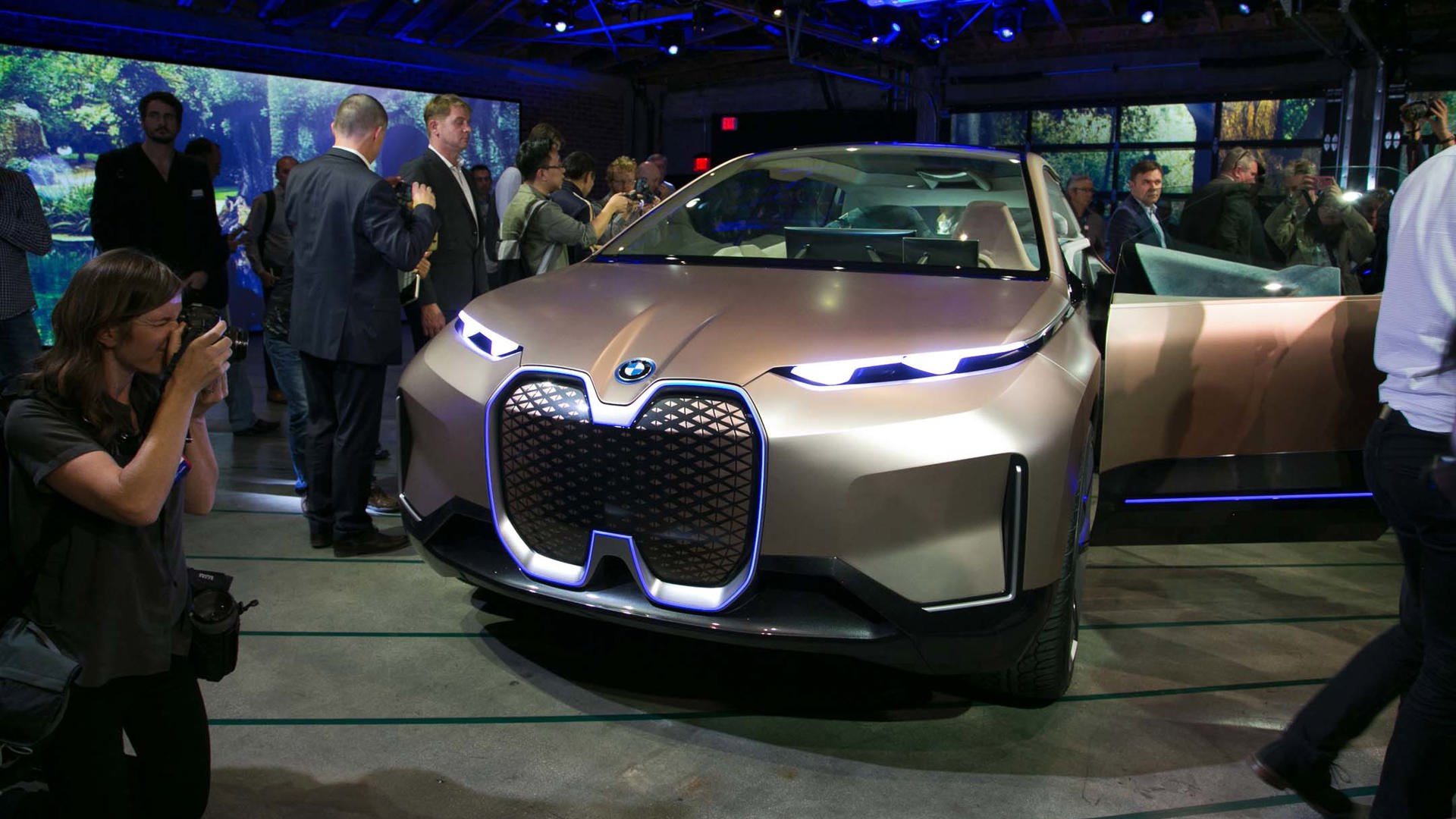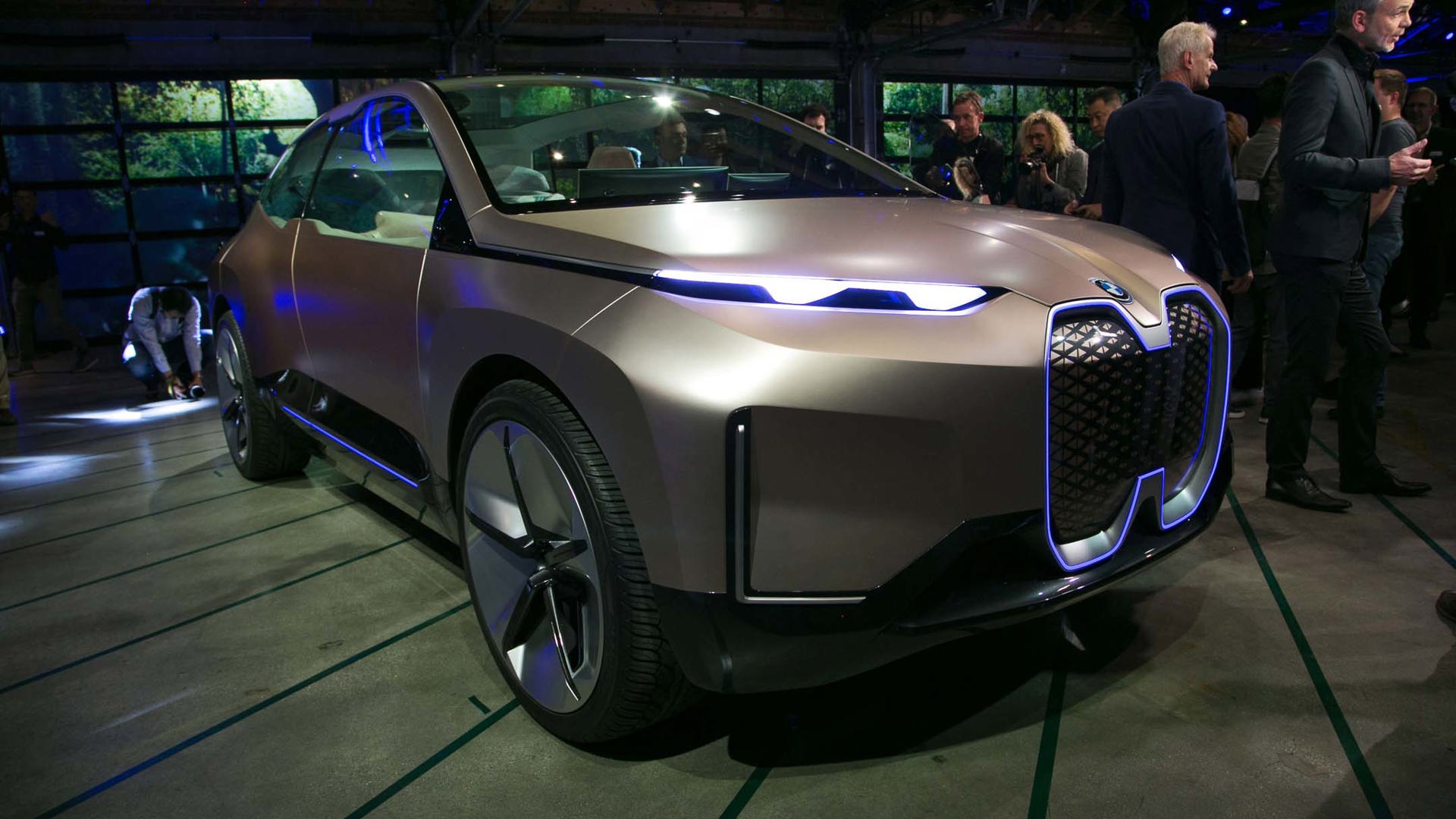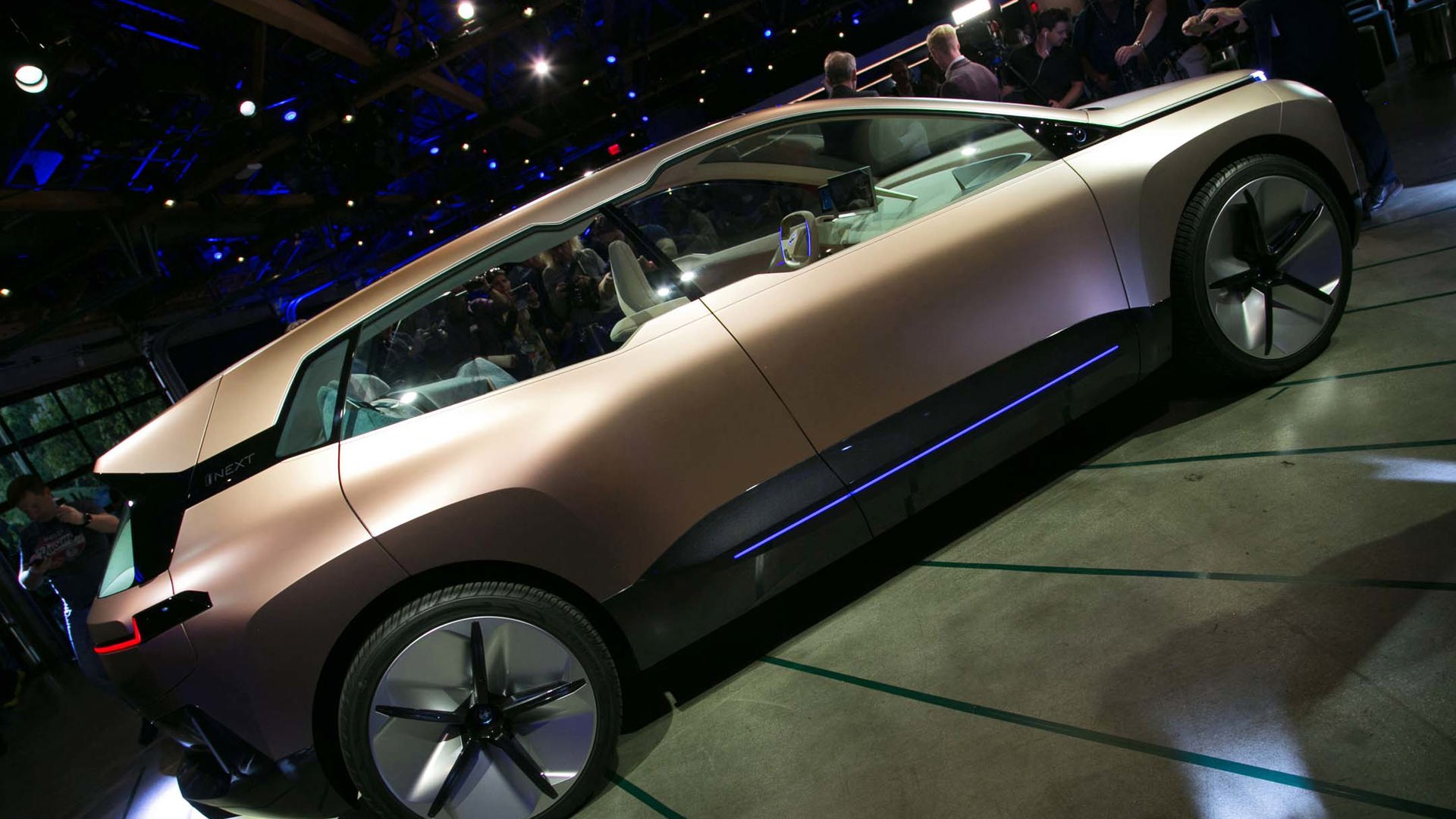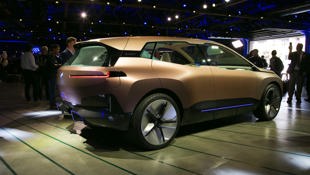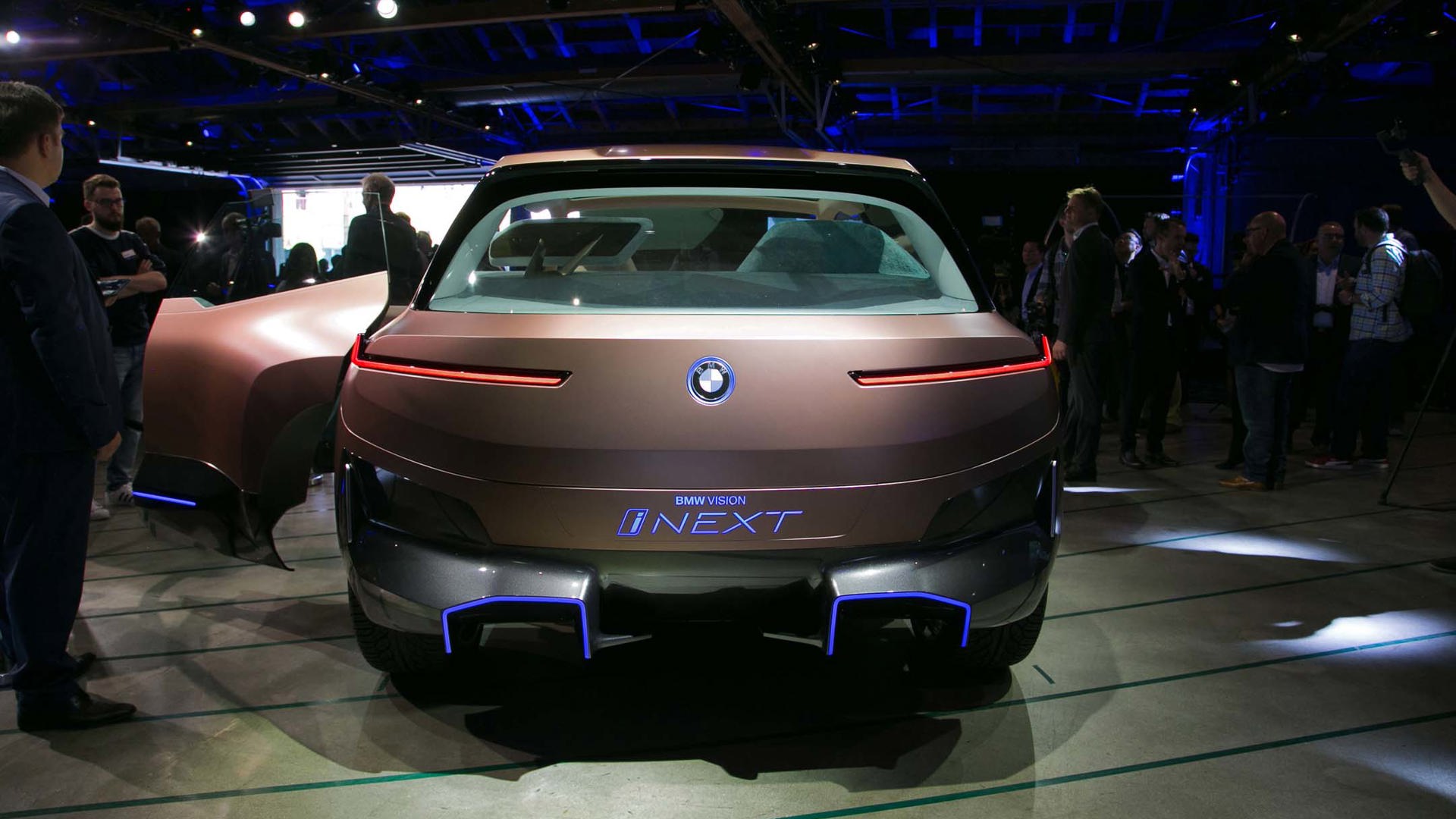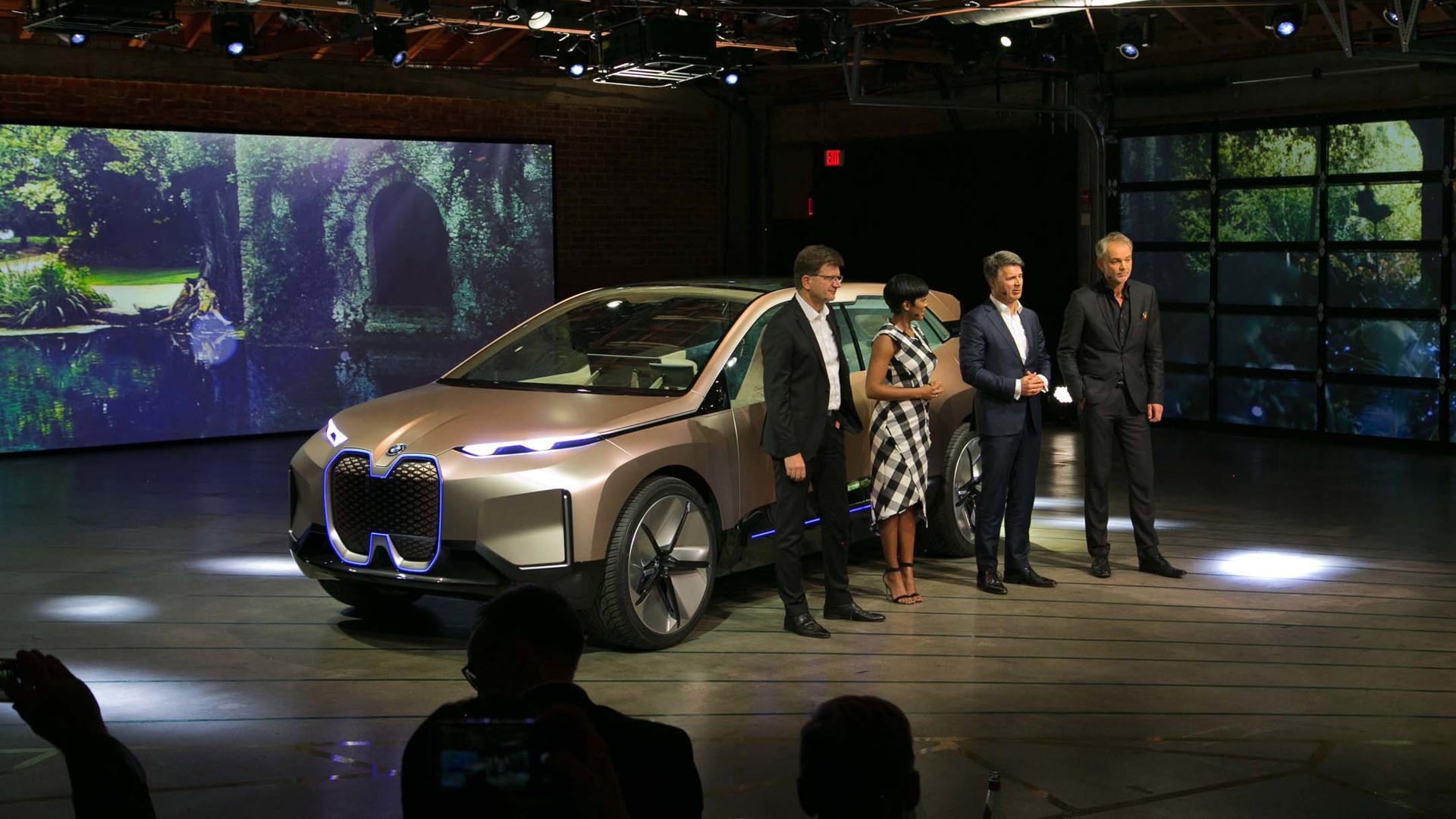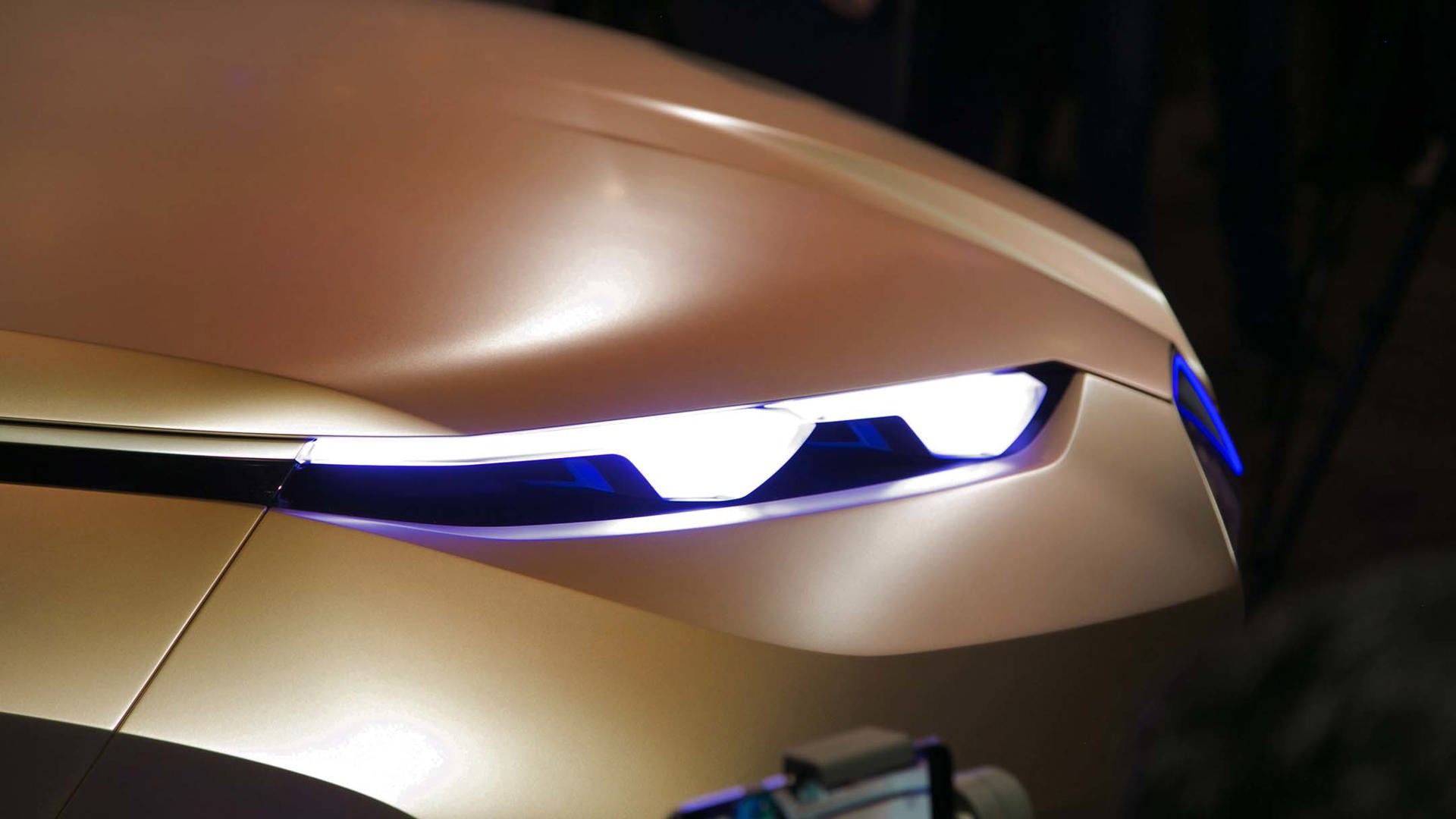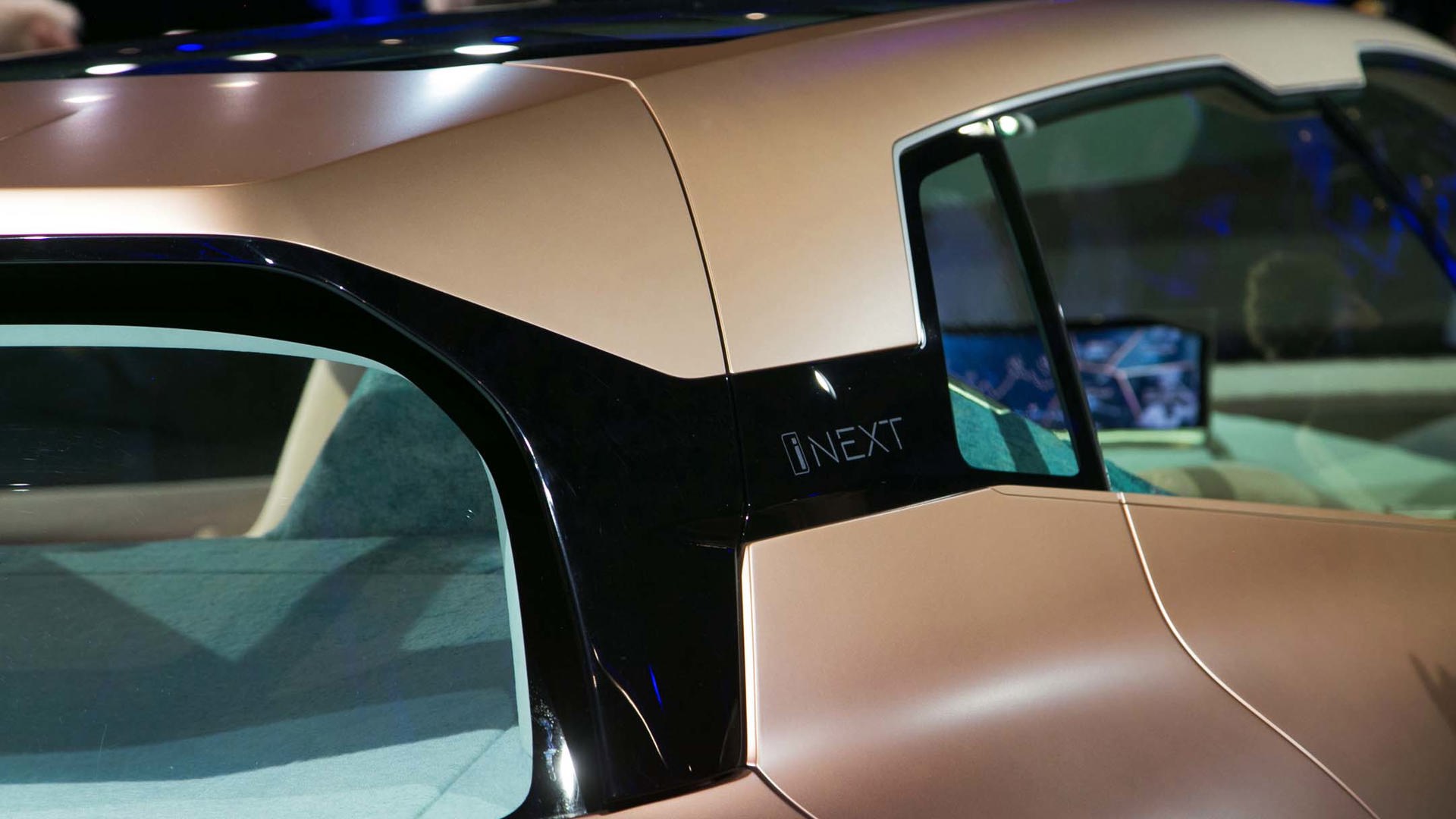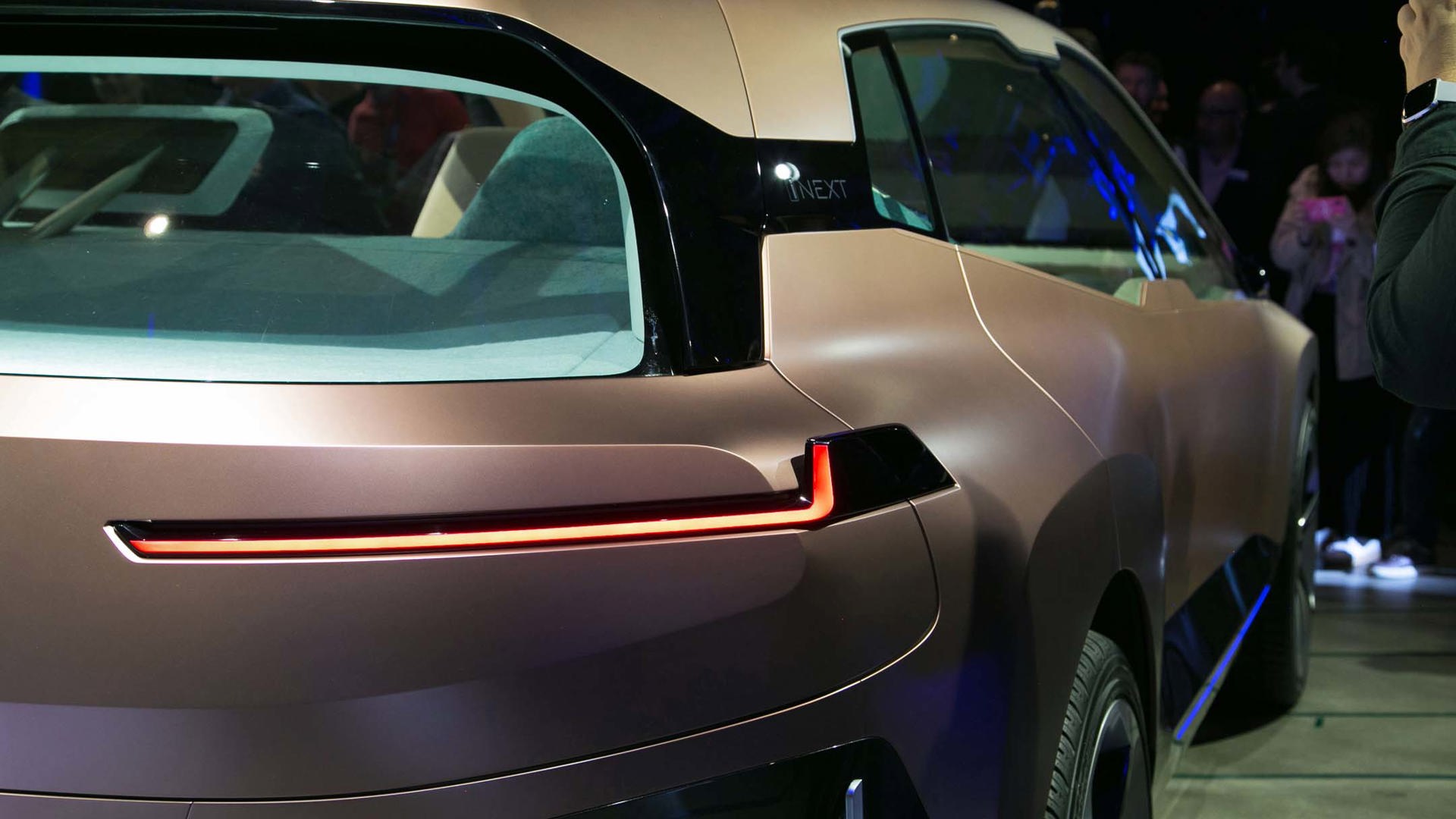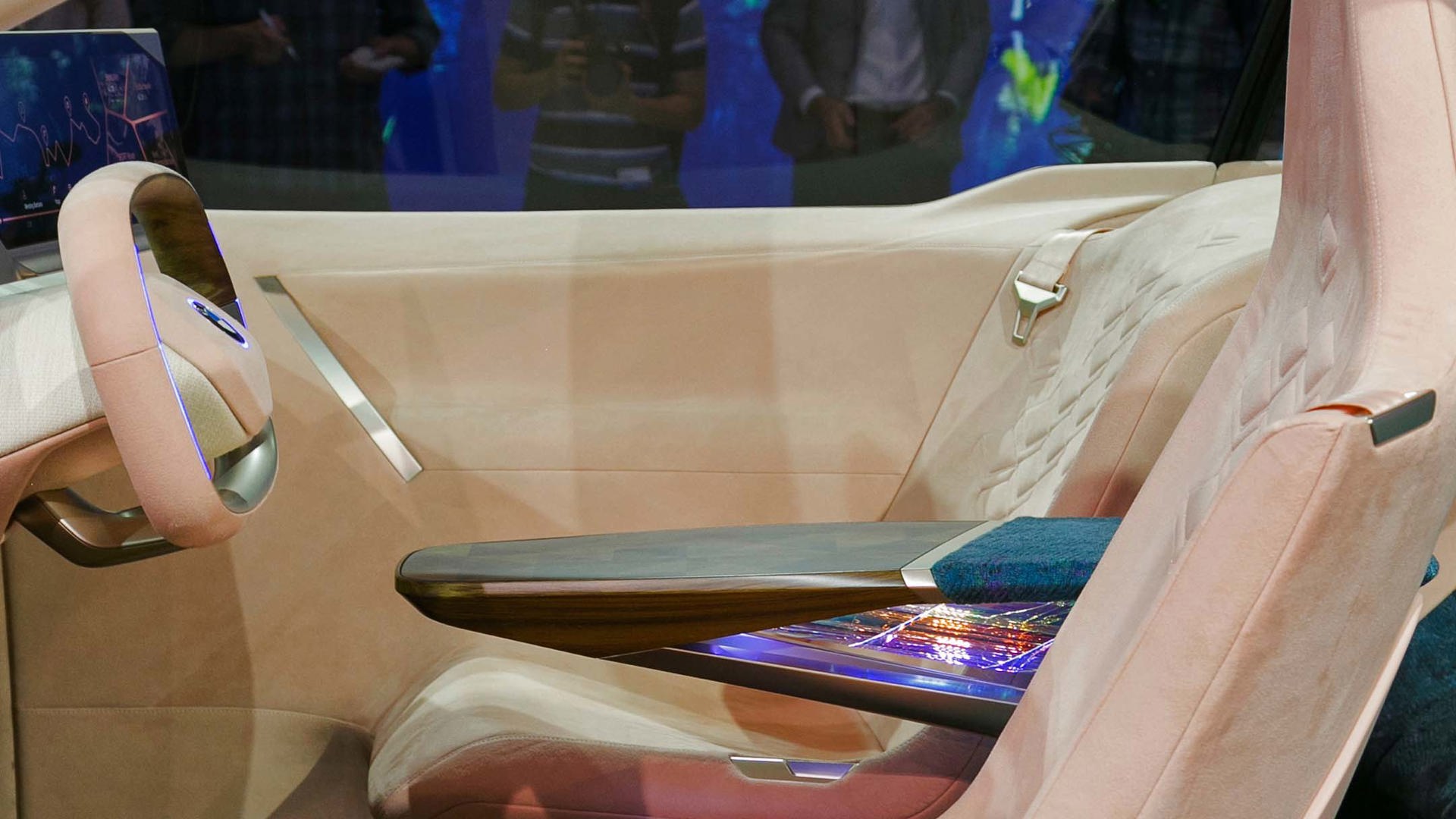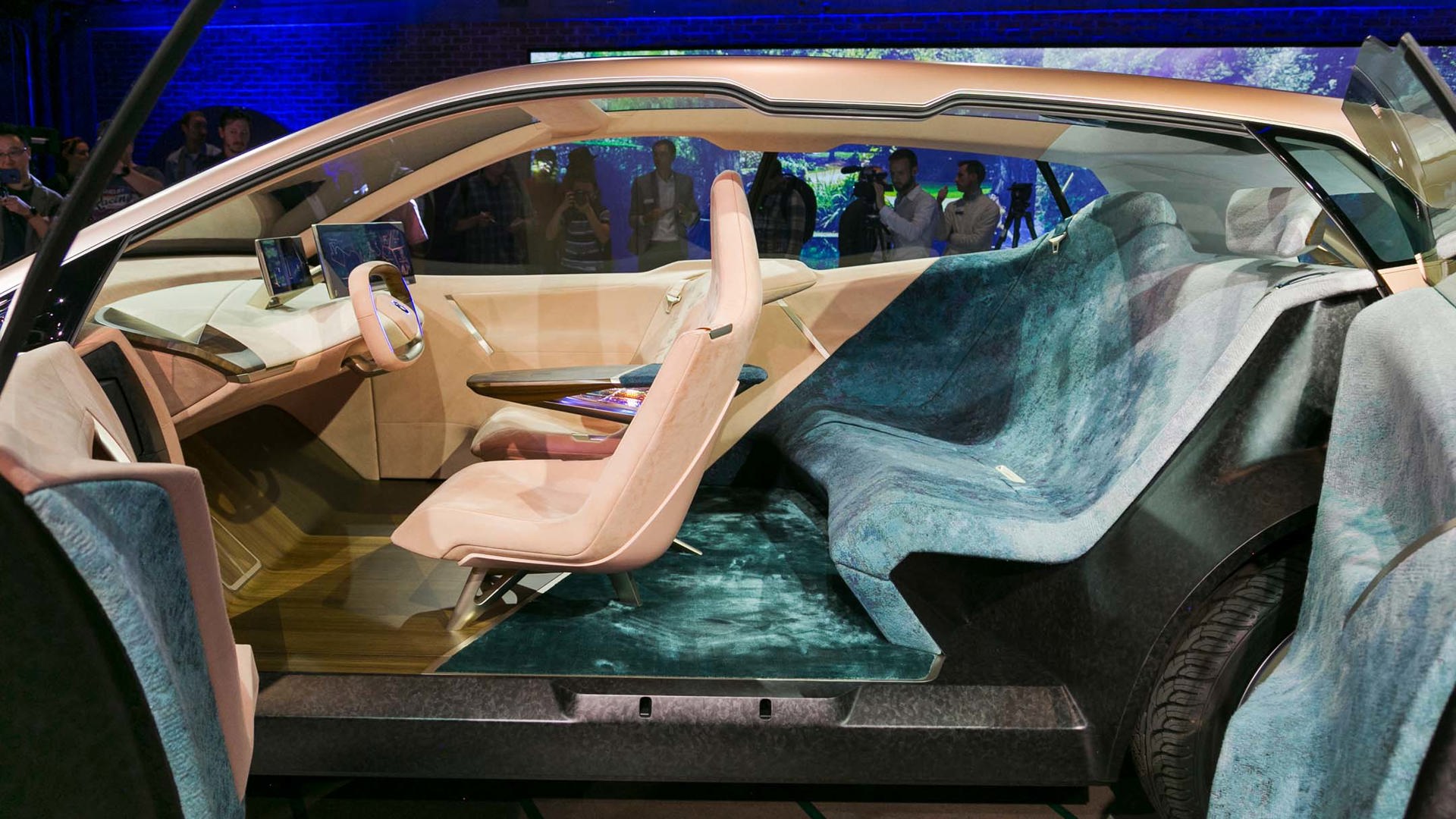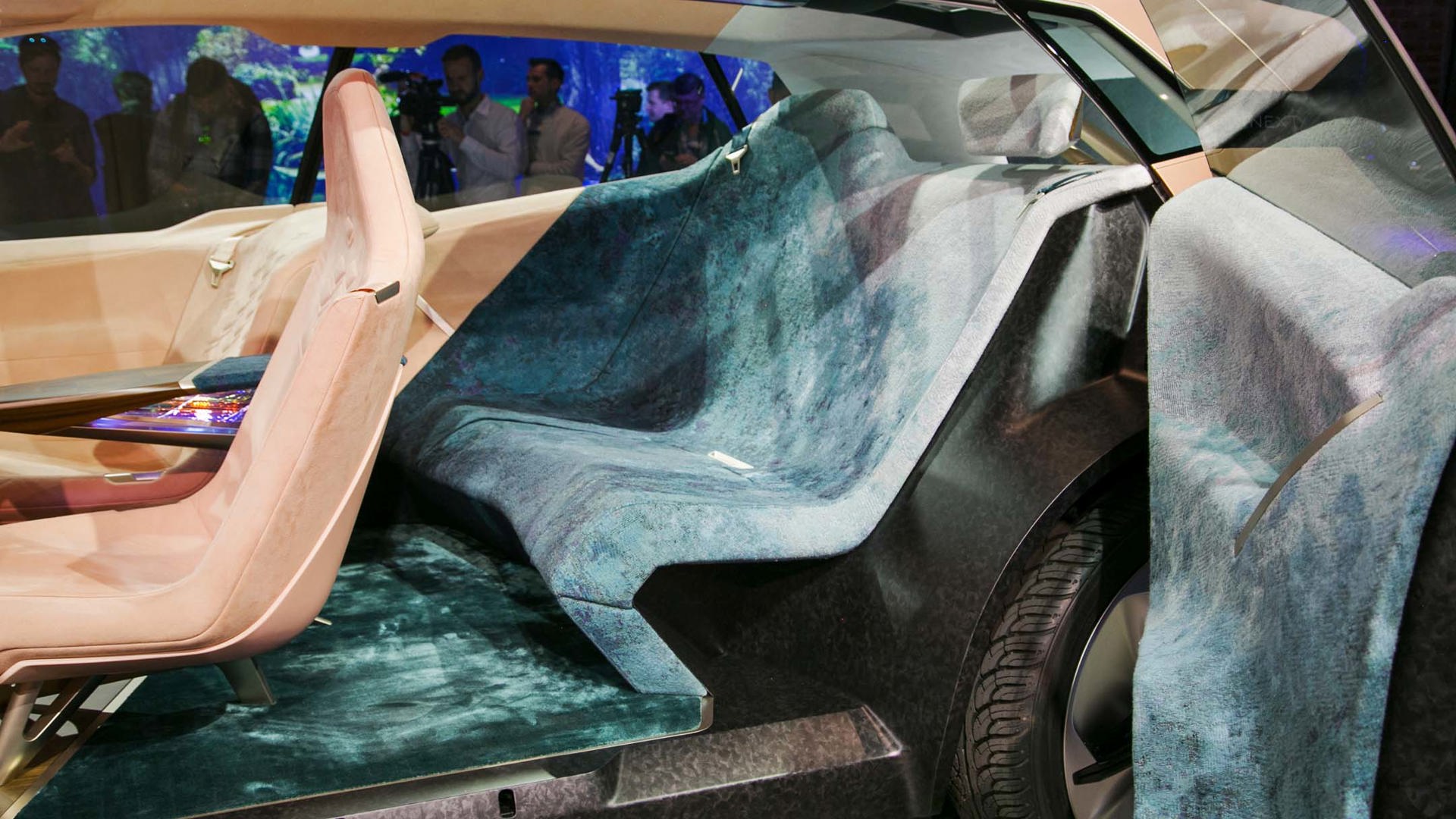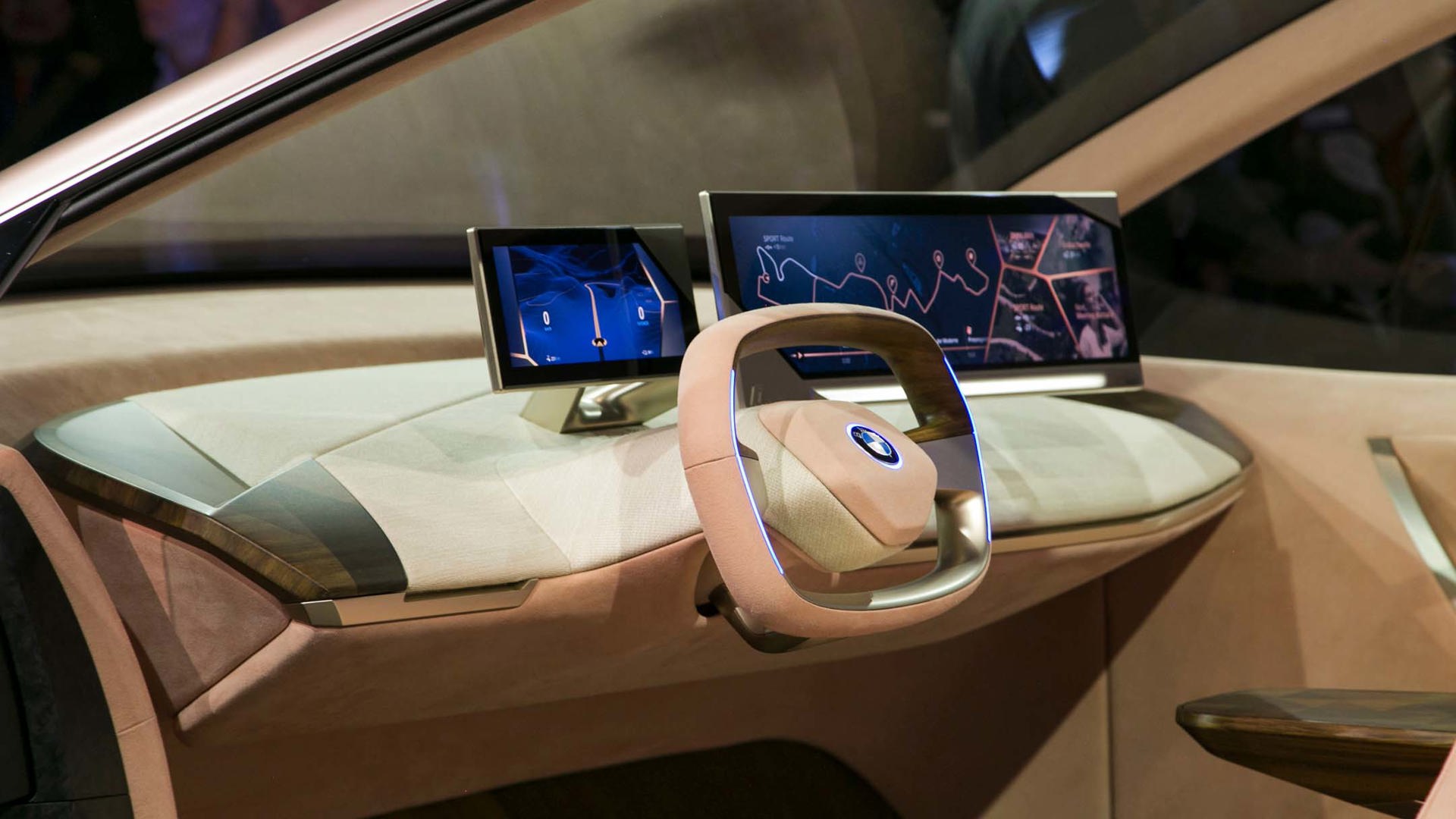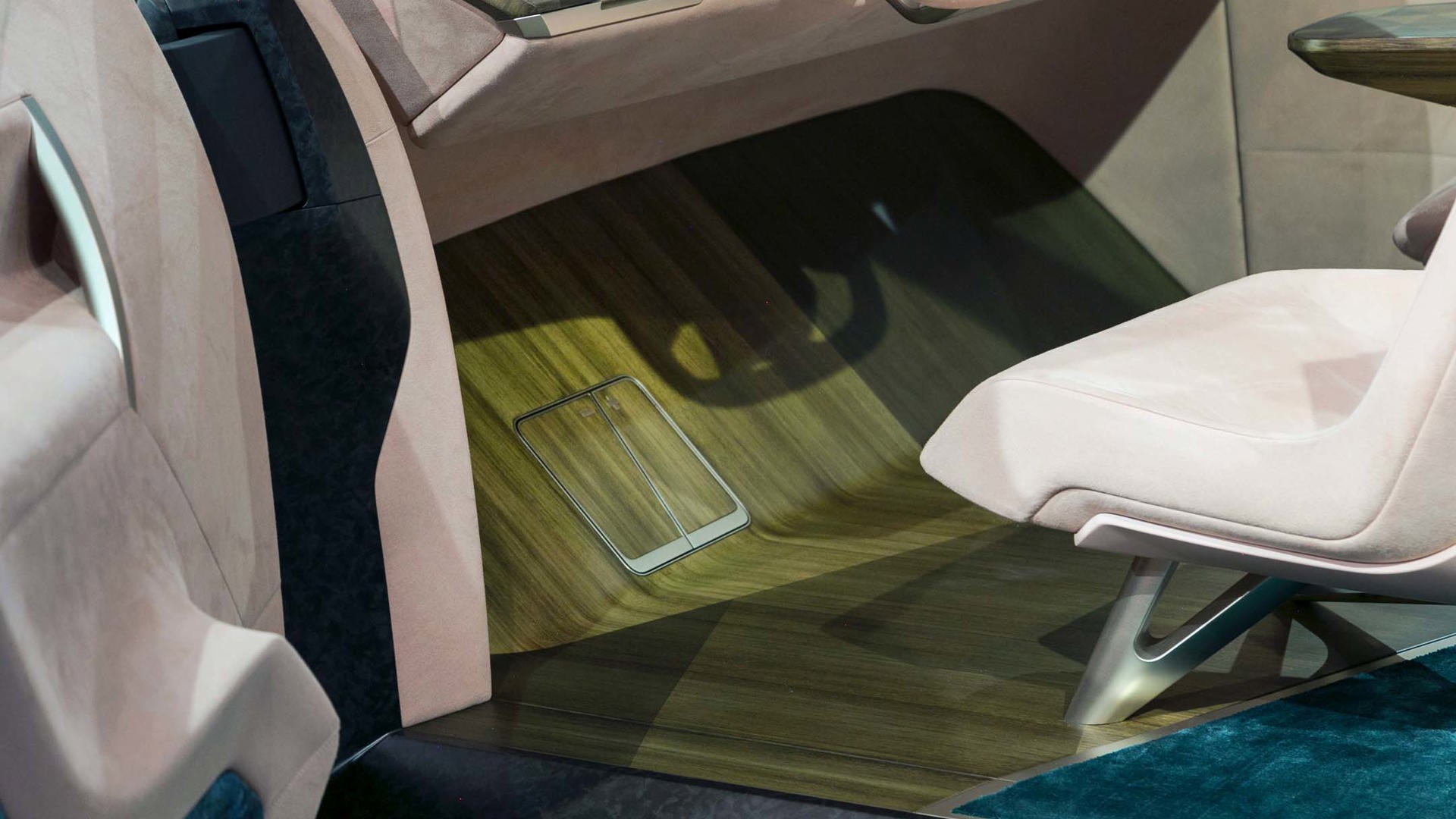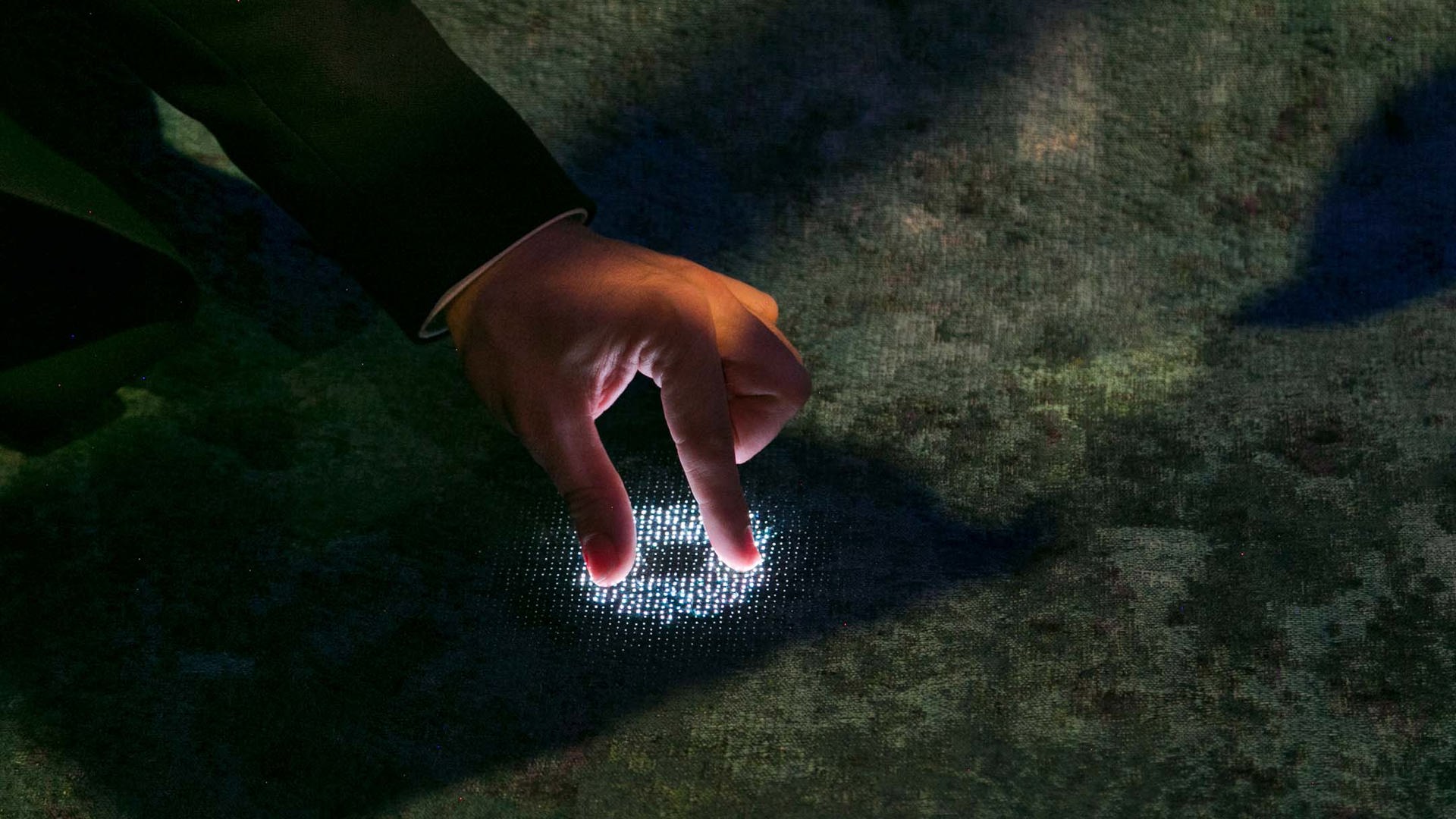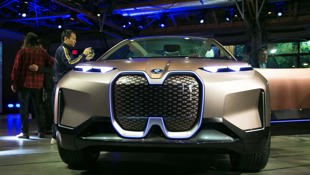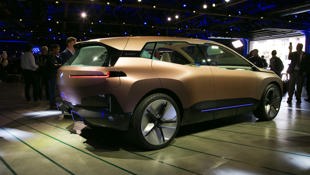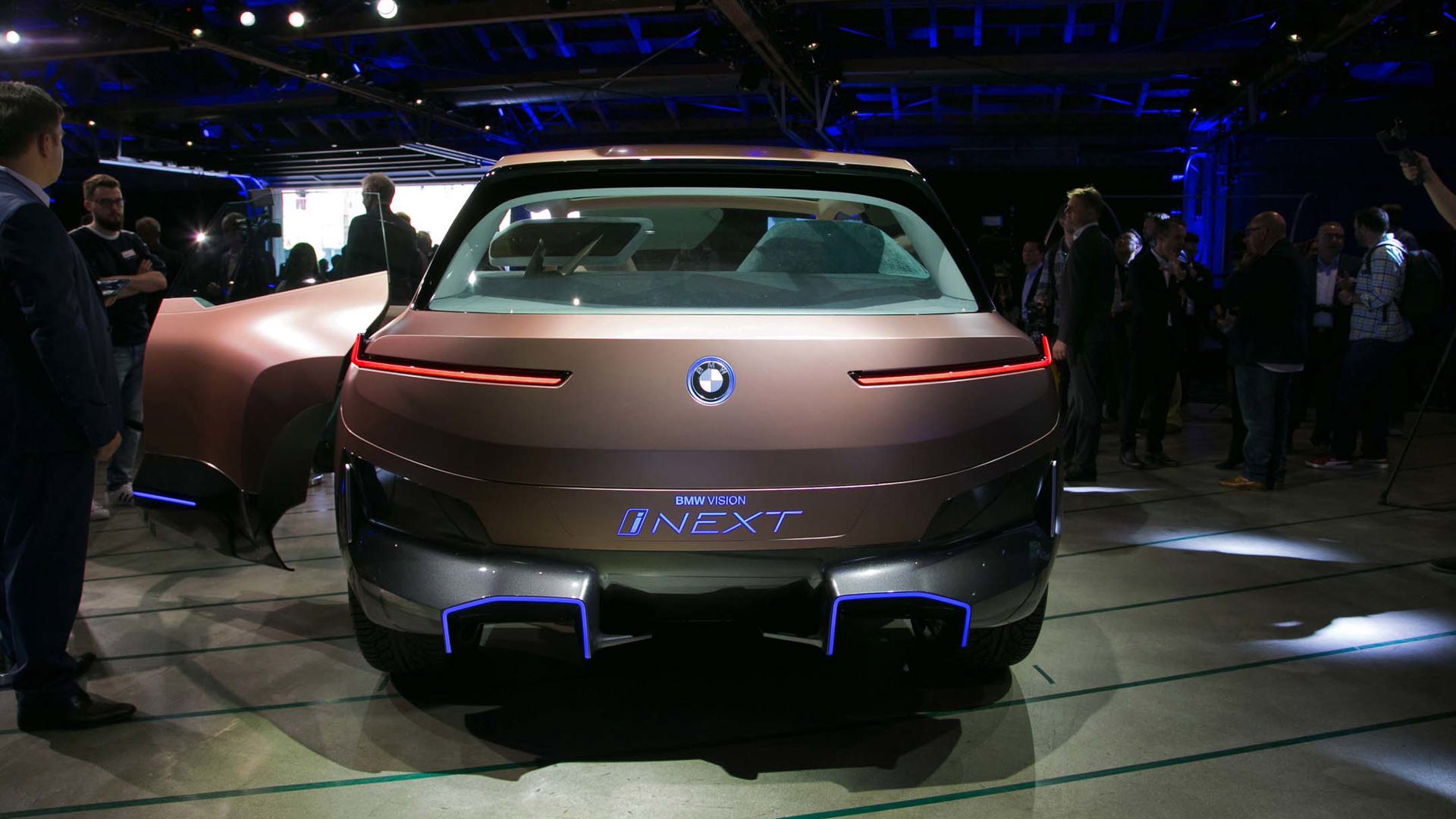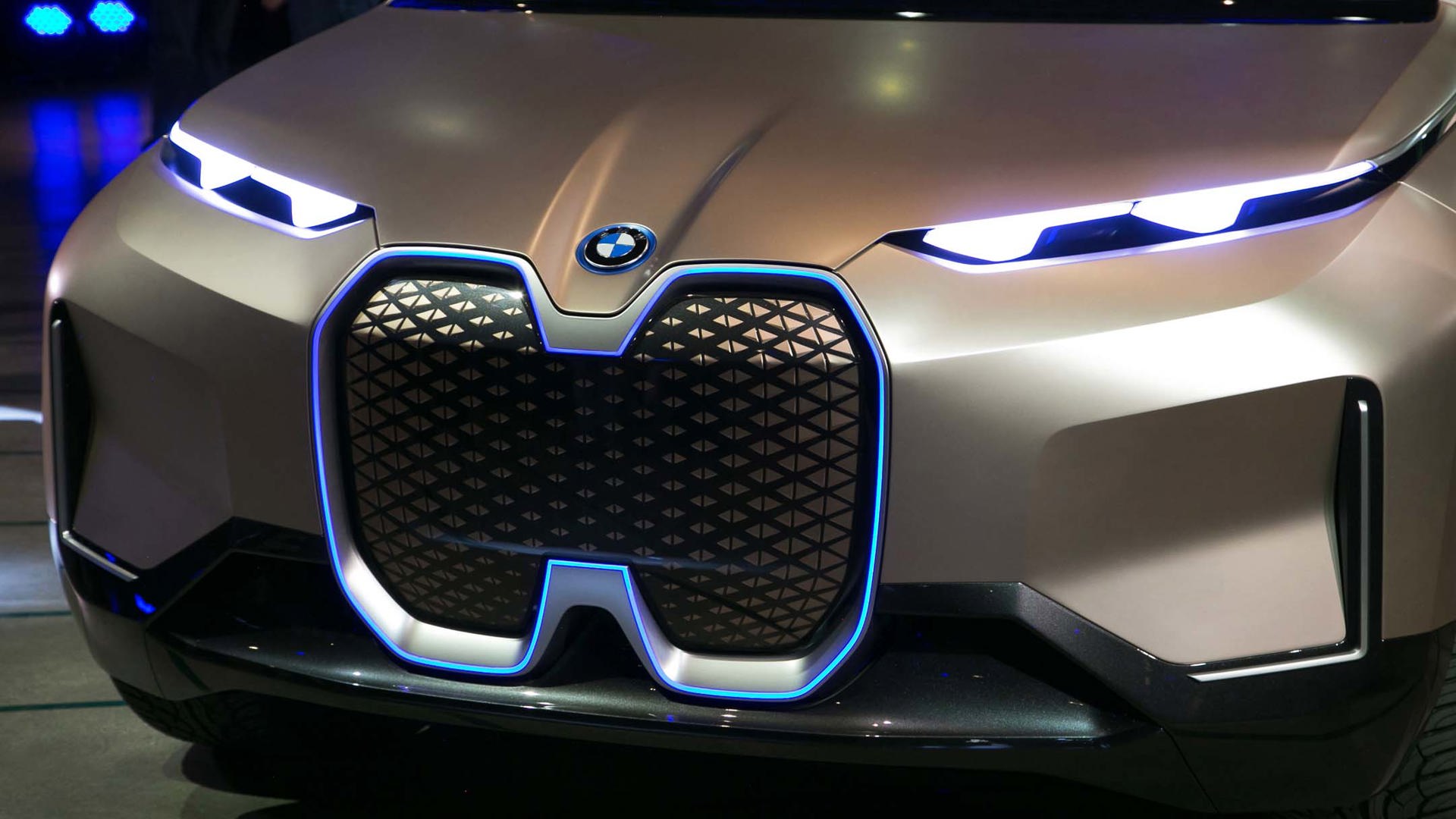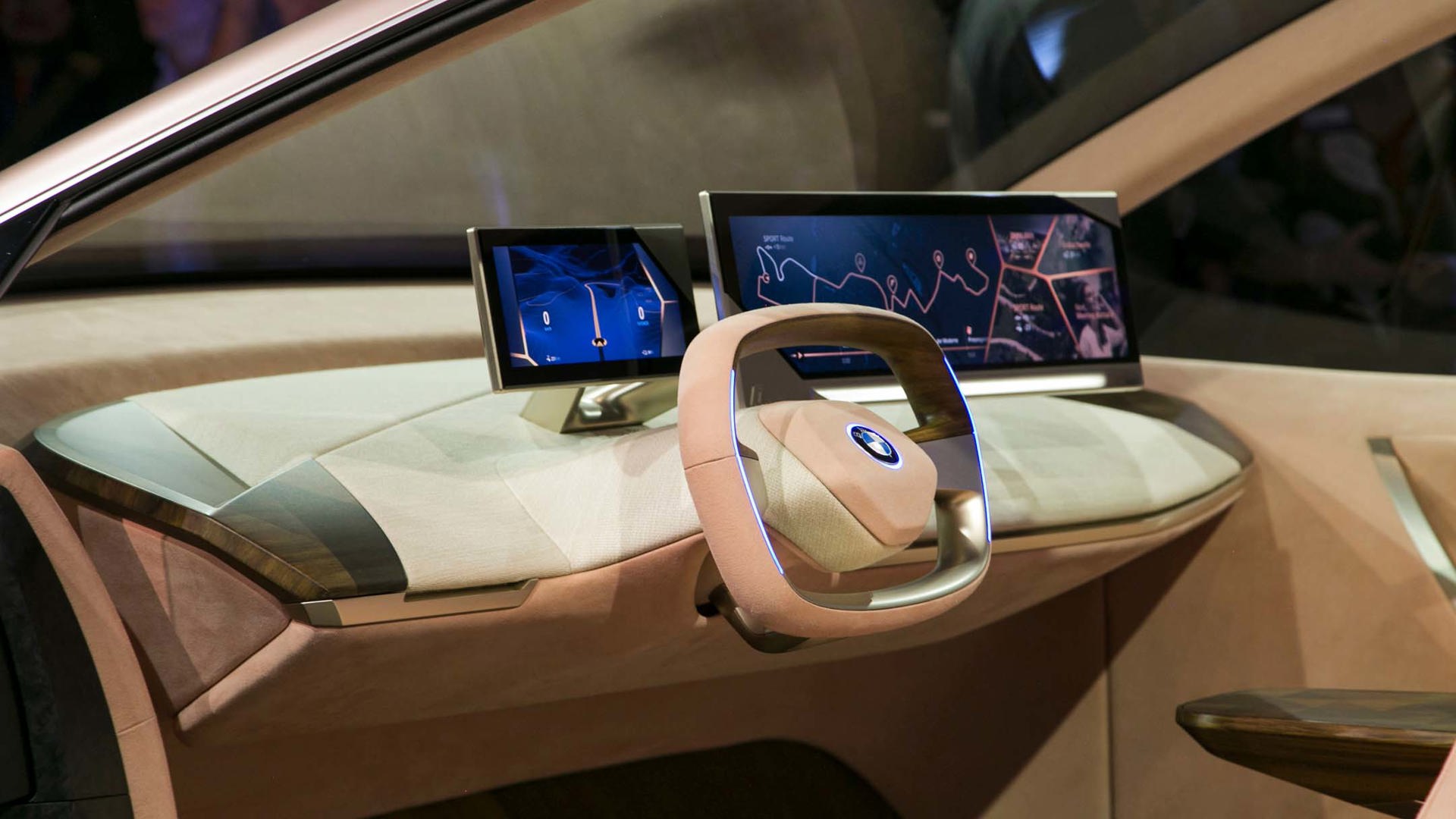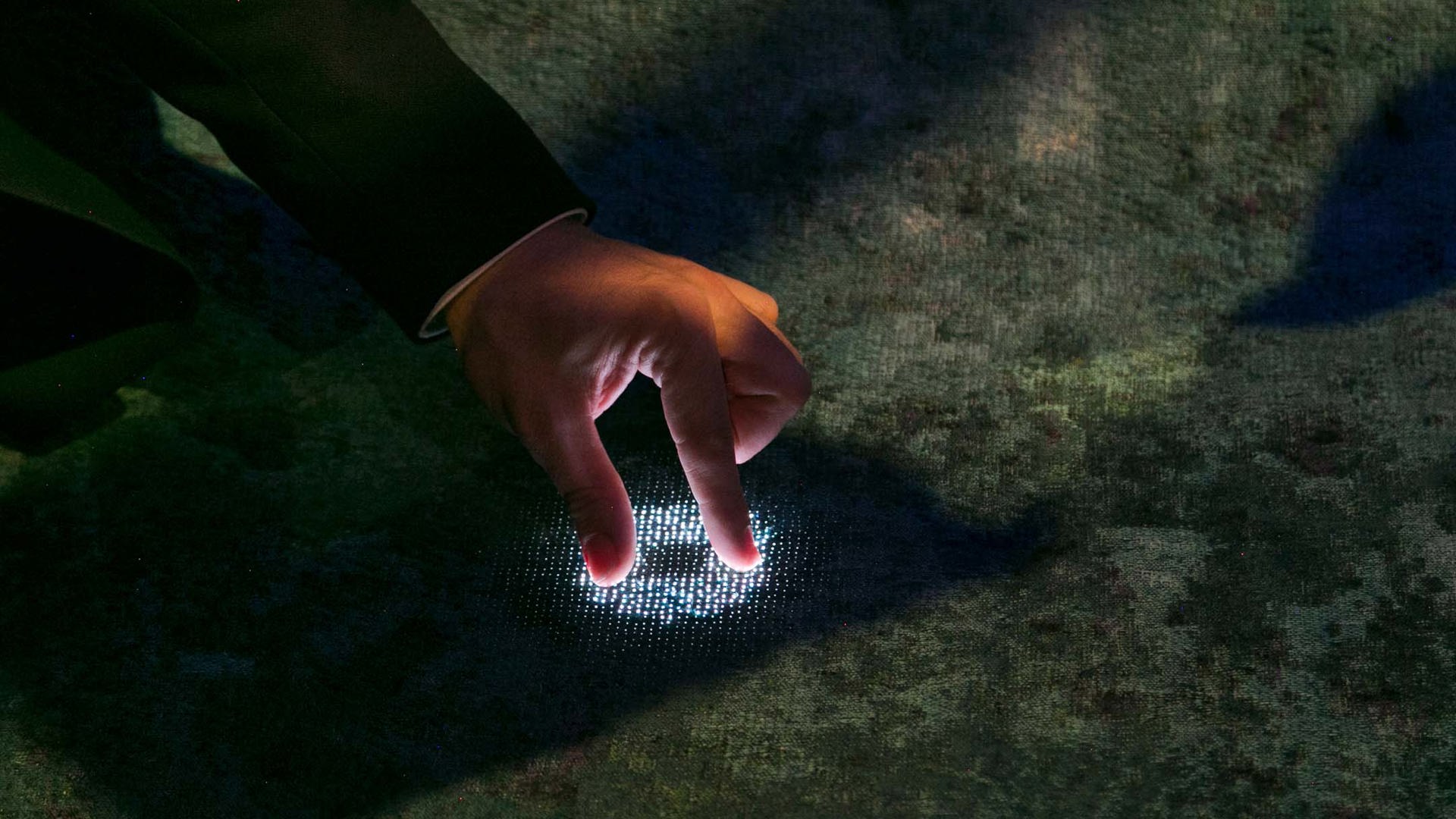LOS ANGELES – BMW is making a pretty big deal about this concept car.
Earlier this year, the company’s Chairman of the Board, Harald Krüger, proclaimed “the iNEXT project will provide our building blocks for the future, from which the entire company and all of its brands are set to benefit.”
It’s a bold proclamation, but also one that’s very telling for where not only BMW, but the industry’s mindset is currently, and where we’re all headed.
The acronym ACES was used in the launch presentation, that stands for Autonomy Connectivity Electric Services and reveals a lot about where the company’s priorities are now.
BMW will have the technology ready for Level 5 autonomous driving – the highest level attainable – by 2021, though it’ll only be available in the limited markets that will allow it. The iNEXT drove into the press event sans driver and was shown in an introductory video driving out of its shipping confines.
Whereas concept vehicles are often used to promote a brand’s forward-looking exterior design language, much of what makes the iNEXT unique is found inside the vehicle. The interior design is derived from architecture and boutique hotel styling elements in the hopes of giving the iNEXT’s occupants a stylish setting that need not adhere to traditional automotive interior design requirements.
The dashboard is dominated by a pair of widescreens and no buttons or switches at all. A matte-finish, open-pore wood covers much of the interior, including a centre console that would normally house a series of buttons and an iDrive controller. Instead, the wood serves as the touch surface, enabling operation similar to the iDrive interface, just without the actual controller.
Even more impressive, BMW developed a new Jacquard cloth material for the back seats that possesses embedded control functionality and lights up behind a finger’s trace, like a comet. A demonstration showed a similar functionality to BMW’s Gesture Control system where a finger-swipe to the right skips a music track and the spreading or contracting of a finger and thumb can increase or reduce music volume.
These Intelligent Materials, as BMW calls them, are a bit gimmicky, for sure, but it speaks to the company’s desire to give occupants multiple ways to operate the many complex systems that are emerging in today’s automobiles. Additionally, it promotes what BMW calls “shy tech”, whereby highly simplifying complex operations into intuitive surfaces and movements can help those less technically inclined interact with the machine more comfortably.
Beyond controls operated via Intelligent Materials or Intelligent Beam (Gesture Control), BMW expects the next generation of its Intelligent Personal Assistant will take voice control for most operations to the next level. “Hey BMW, close the windows at my house” seems like sci-fi now, but is imminent with technology already available.
iNEXT is BMW’s answer to the question “How do you design a car that you don’t have to drive, but could if you want to?” In “Boost” mode, BMW claims the iNEXT will have best-in-class performance (a class that presumably includes the Tesla Model X) and provide an engaging driving experience.
Conversely, in “Ease” mode, the rectilinear steering wheel folds forward and the pedals retract into the floor to facilitate easier engagement of the driver with his or her passengers while the iNEXT operates in full autonomous mode.
iNEXT may also hint at what we can expect from future versions of BMW’s current brand of crossovers – or Sports Activity Vehicles, as they like to call them – with a profile that does a decent job of hiding its sheer size. Standing next to it, one realizes the proportions are similar to BMW’s X5 (with the height of an X6); a perspective that comes clearer when one realizes the show car’s wheels are 24-inchers!
The fact that BMW – a company once renowned for producing some of the world’s best sporting cars – has chosen a sport utility vehicle format to showcase the company’s future is rather telling of current – and likely future – market tastes, too.
From any angle save the front end, there’s little to tie its design to anything we’ve come to know from BMW over the years, aside from resembling a plus-sized i3. There’s not even a rendition of the famous Hofmeister Kink to be found here, and the floating roof line seems to be the styling element du jour.
Up front, the monstrous interpretation of the classic twin-kidney grille, first seen on the upcoming X7, is made even more gargantuan here (and encircled in blue lighting), apparently necessitated by the litany of sensors required for autonomous driving.
Polarizing styling aside, the BMW Vision iNEXT embraces the future as viewed by the BMW Group, including a split-personality of autonomous driving, and driver engagement. It also embraces technology to the highest degree, and electrification. By 2025, the BMW Group will offer 25 models with electrified systems, including nearly half of those that will be pure EV machines.
There’s a lot to absorb with BMW’s latest concept, but perhaps most important, is to recognize that this isn’t just a concept, but a clear look at the future of BMW. By 2021, the iNEXT will enter production, and we shouldn’t be surprised to find much of the science fiction of this concept become reality.
